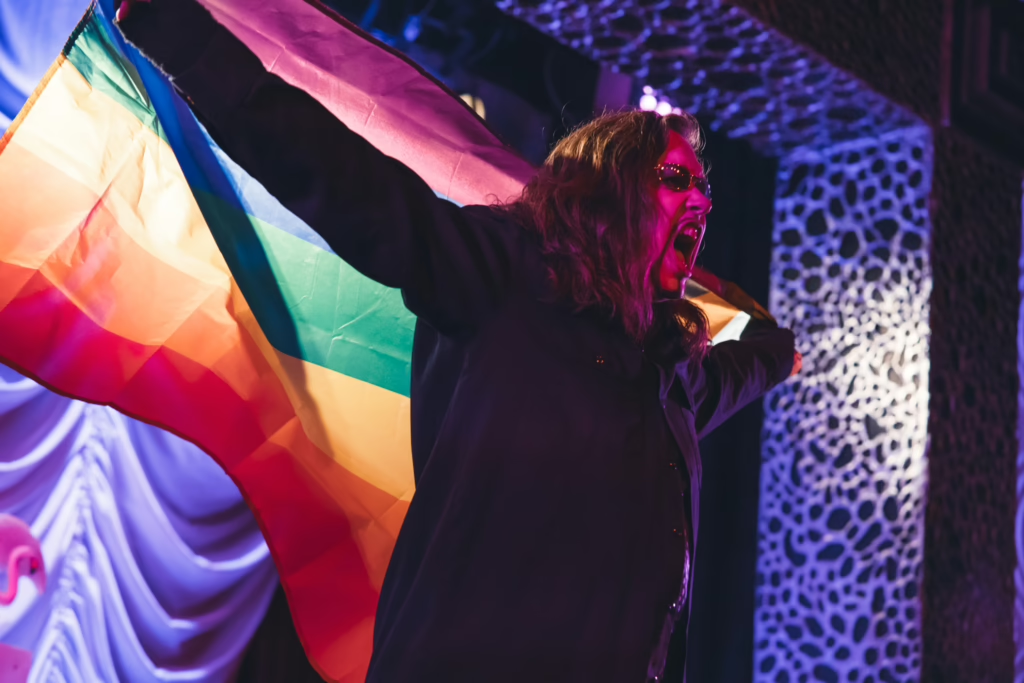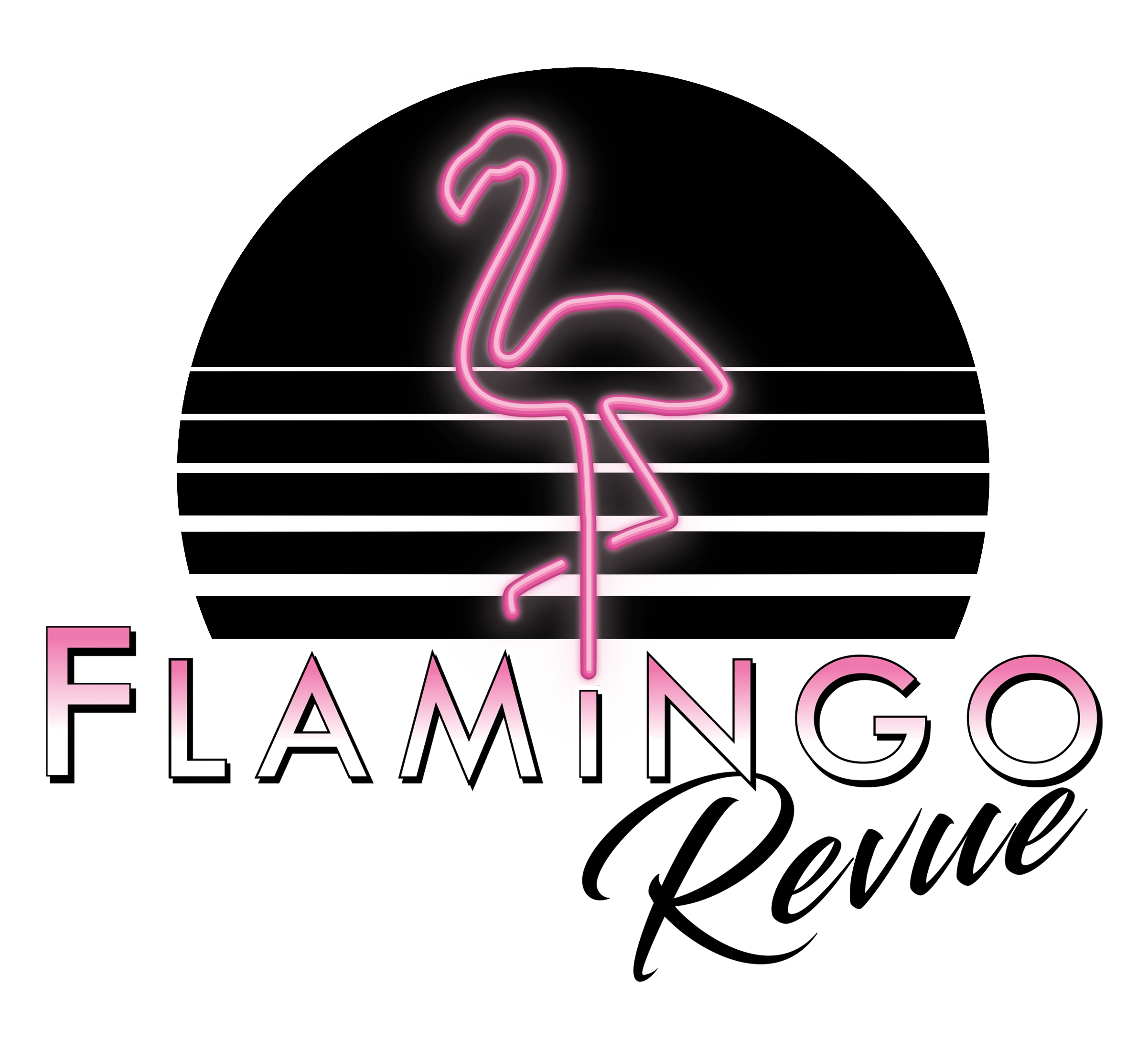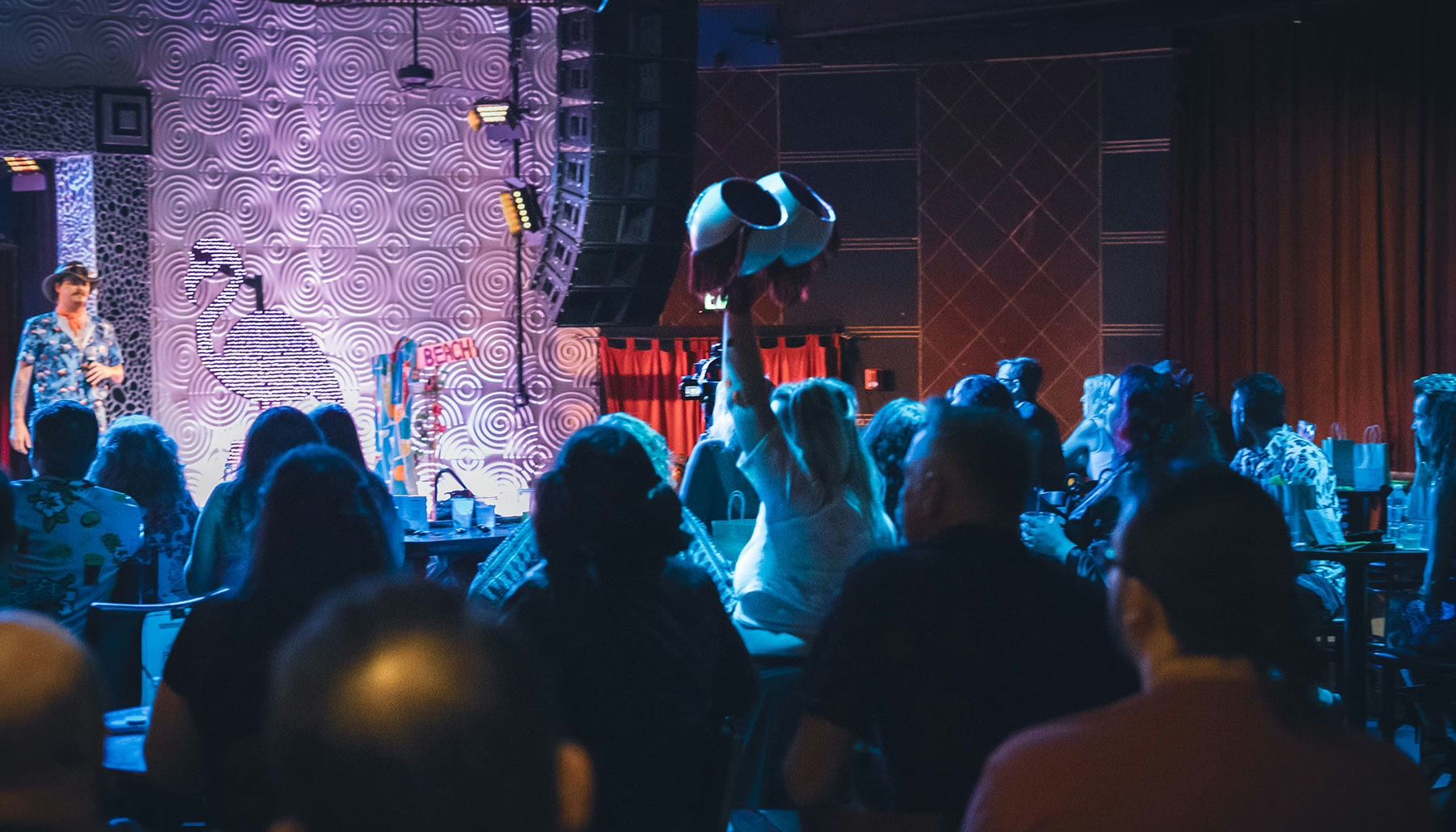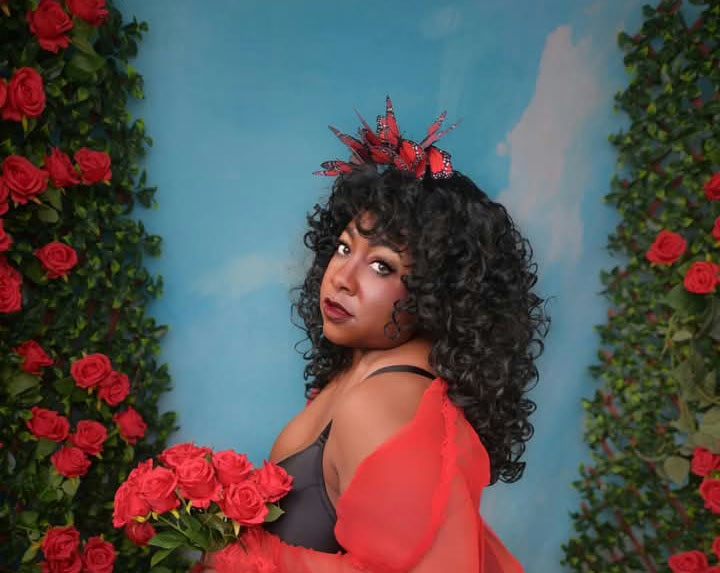
It’s the age-old question that every burlesque artist has to hear at least 5,837,261 times during their career: what makes burlesque burlesque? Well, I’m so glad you asked!
Burlesque is a performance art that resists simple definition. It’s a form that thrives on contradiction: equal parts spectacle and subversion, glamour and grit. At its core, burlesque is a theatrical art form that blends performance, character work, striptease, and satire. But what truly sets burlesque apart from other types of performance (like stripping, comedy, or cabaret) isn’t just what’s onstage. It’s how and why it’s being presented.
The Tease
Is there stripping in burlesque? Absolutely! Well, a lot of times, but not all the time, and that’s a discussion for another day…
But stripping alone doesn’t make burlesque. That’s because the concept of the tease is central to this performing art. It’s not just undressing, but how the performer undresses. The art lies in the build-up, the slow reveal, the playful delay of gratification. The tease is deliberate and dramatic. The act of revealing often says more than the actual reveal itself. Whether sultry, comedic, or strange, the act of undressing in burlesque is full of intention.
Theatricality
Burlesque isn’t just about physical striptease. It’s also about character, concept, and storytelling.
Burlesque performers rarely appear as themselves. They create exaggerated, larger-than-life, or even surreal personas or characters. They adopt stage names. And when they step onto the stage, they step fully into those roles through costume, movement, and expression. Each act tells its own story or creates its own mood, whether it is a dramatic narrative, a glittery daydream, or a chaotic moment of comedy
Satire & Spectacle
Historically, burlesque poked fun at serious subjects, challenged authority, or parodied popular entertainment. That spirit is still very much alive today! The tradition continues in acts that are humorous, political, or campy. Many modern burlesque acts incorporate humor, irony, or political commentary, though some lean more into pure visual spectacle. Even when it’s not satirical, burlesque tends to celebrate the theatrical, the glamorous, the absurd, or the taboo. What unites these diverse approaches is a sense of play and a willingness to blur the lines between art, entertainment, and commentary.
Ownership of Gaze
A hallmark of modern burlesque is the performer’s control of their body, story, and audience engagement. The power dynamic is flipped. Rather than being passively objectified, the performer chooses what to reveal, how, and when, often challenging or recontextualizing the concept of objectification. The performance becomes an act of self-definition, a way of reclaiming the narrative around sensuality, gender, and beauty.
Variety & Fusion
Burlesque thrives on variety and fusion!
A single burlesque show might feature dance, drag, aerial, clowning, circus/sideshow arts, live music, or even spoken word. What makes these performances burlesque isn’t the style, but the spirit: the intentional blending of entertainment with a wink, a twist, or an unexpected moment of vulnerability or rebellion.

Ultimately, burlesque is about the art of performance with an edge of eroticism, empowerment, and entertainment. It can be funny, sultry, strange, political, glamorous, or absurd — but it’s always intentional, and always an invitation to look closer (always on the performer’s terms!). Burlesque is a space where bodies, identities, and ideas are celebrated, questioned, adorned, and revealed. It’s not just about what you see. It’s about what it means, how it’s delivered, and who gets to be in control.
That’s what makes burlesque, burlesque.


